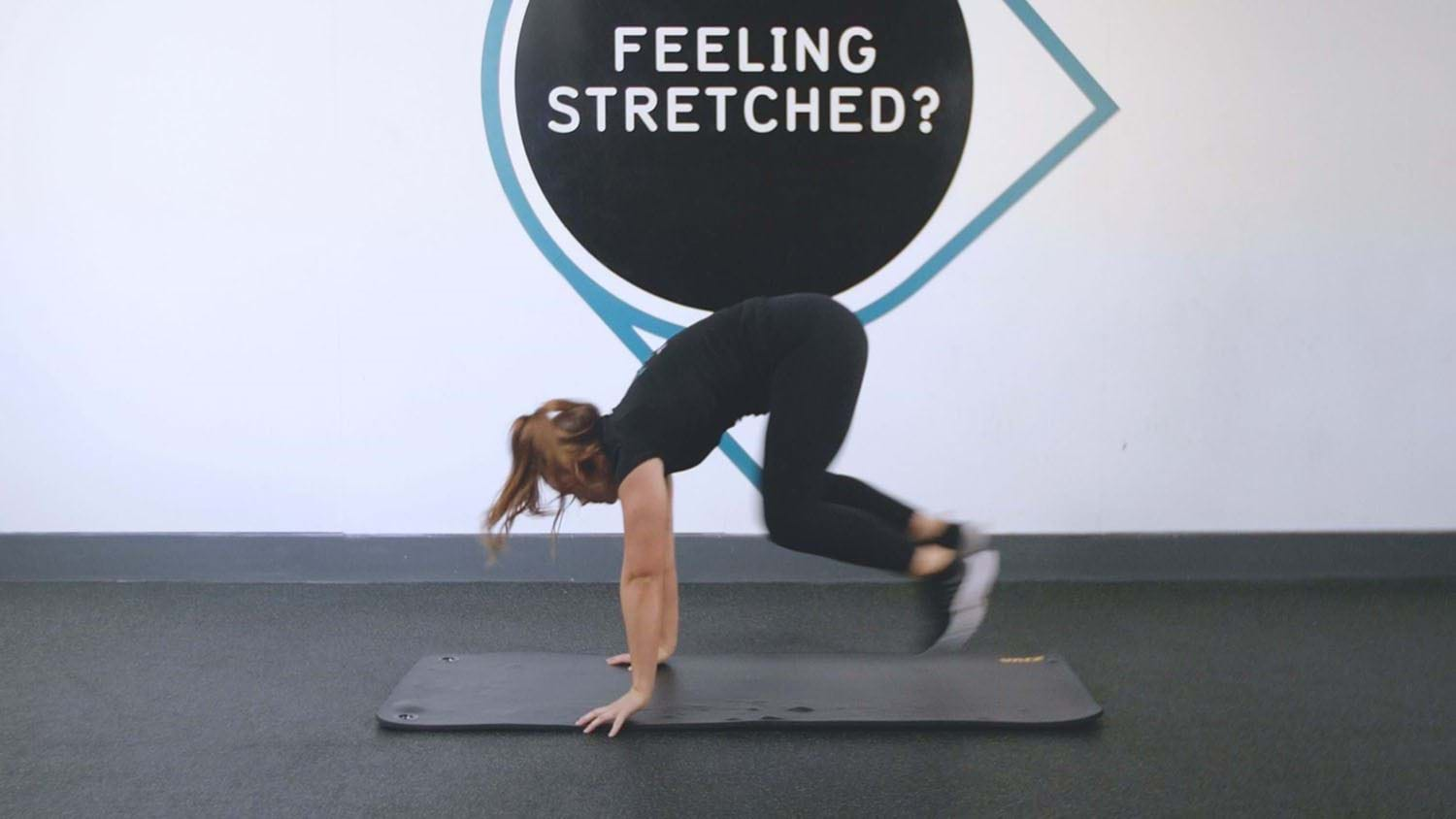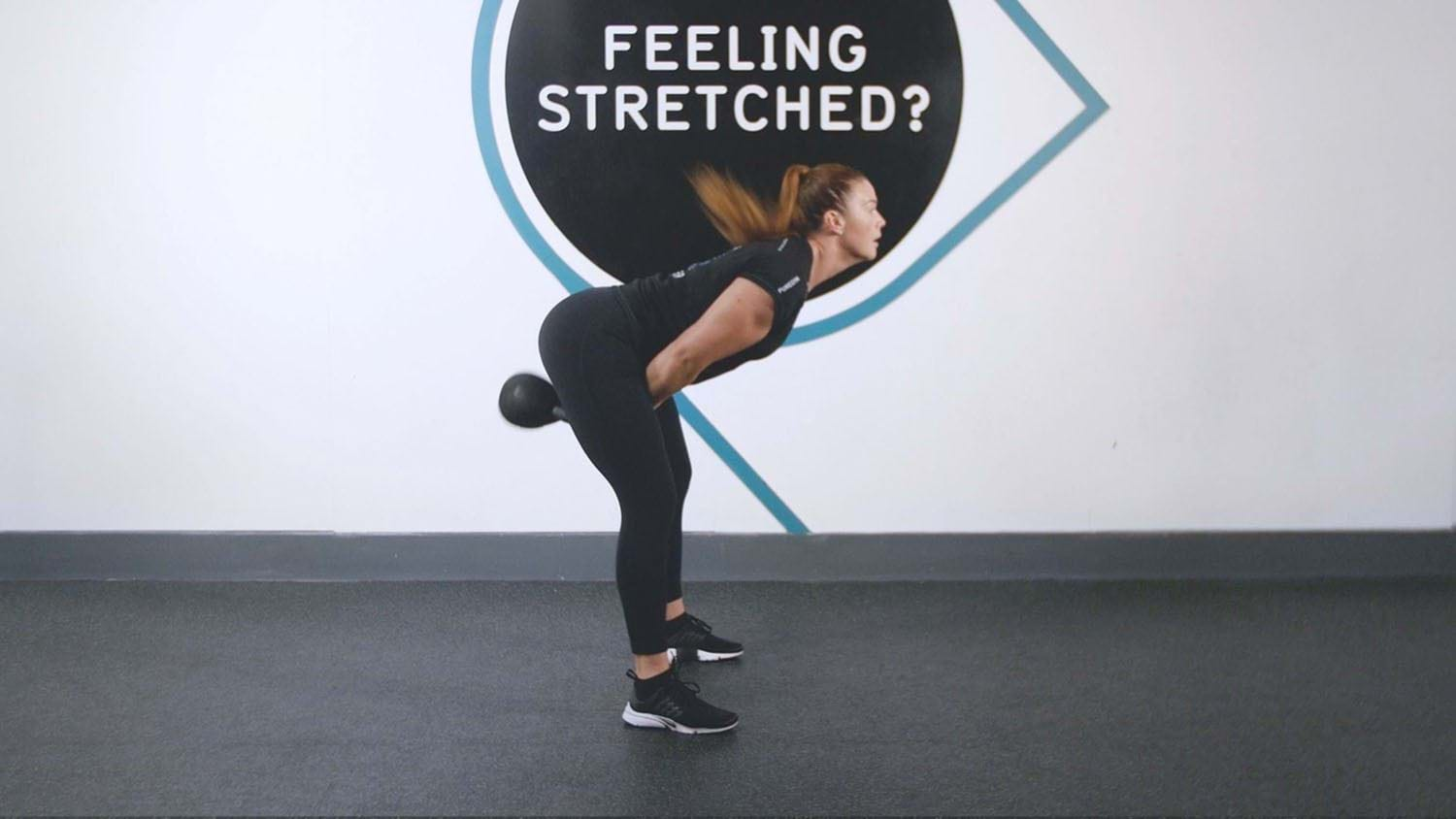Plyometric Exercises
Why Should I Train Plyometrics?
Plyometrics are explosive exercises that involve stretching the muscle followed by a rapid contraction, for example jump squats, burpees and box jumps.
Plyometric training focuses on explosive movements that burn calories, build power, and improve agility. Incorporating plyometrics into your training in a quick way to work multiple muscle group and get your heart pumping.
Athletes often use plyometrics to build power and speed for better sports performance, but this type of training isn't just for athletes - they have plenty of health and training benefits for everyone.
Fast and efficient: a great tool for burning calories, toning up, and adding cardio to your workouts.
Increased intensity: can help with weight management when you want to lose weight or improve your body composition.
Improve cardiovascular fitness: these high-intensity exercises give you a great cardio workout in a short amount of time.
Increase muscle activation: which could lead to better strength gains when combined with strength training.
Athletic performance: plyometrics boost speed, agility, and explosive power which transfers into sports.
Plyometric exercises can improve joint health over time by strengthening the tendons, however they are high impact exercises that can put stress on the joints and muscles, especially if performed incorrectly. Take time to learn and practice proper form, and slowly increase the volume of these exercises over time to avoid injury. You should always leave recovery time between plyometrics workouts too.

Torch calories and work your core with mountain climbers.
Muscles worked:
- Arms and shoulders
- Legs
- Hip flexors
- Core

Fire up your fitness and work every major muscle group in the body with this conditioning movement.
Muscles worked:
Arms
Chest and shoulders
Upper back
Core
Legs and glutes

Simple and effective, kettlebell swings are a full-body strength exercise that gets the heart pumping.
Muscles worked:
Legs and glutes
Core and abs
Back and arms

Jump exercises build explosive lower body power and strength.
Muscles worked:
Legs and glutes
Core and abs
Arms
Full body workouts are great for overall muscular balance, fat loss and conditioning. Perfect if you are on a time limit, like to workout at home or enjoy mixing up your workouts with a variety of equipment. Perform these 3 times per week as your body needs more time for recovery due to the multiple muscle groups used in each session.

If you’re not sure whether a work out is suitable for you, please consult your doctor before you start it. If you're unsure of how to perform any of the above exercises, please ask help from a PT at your gym.